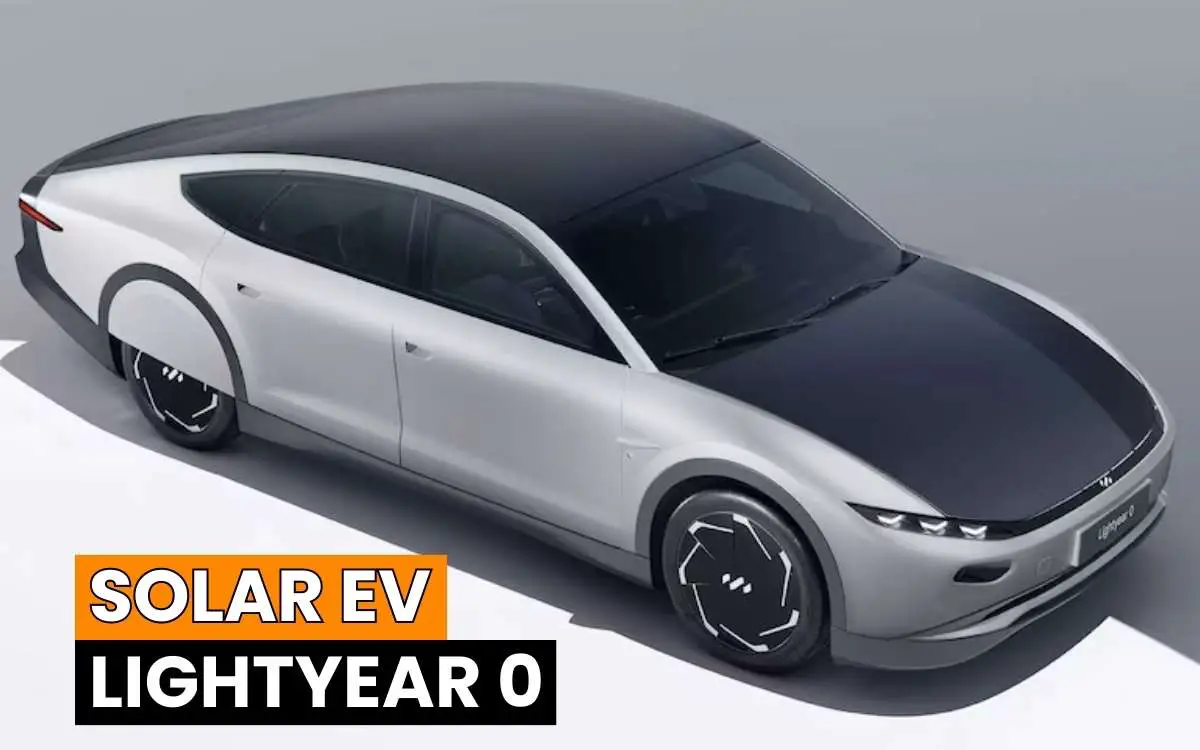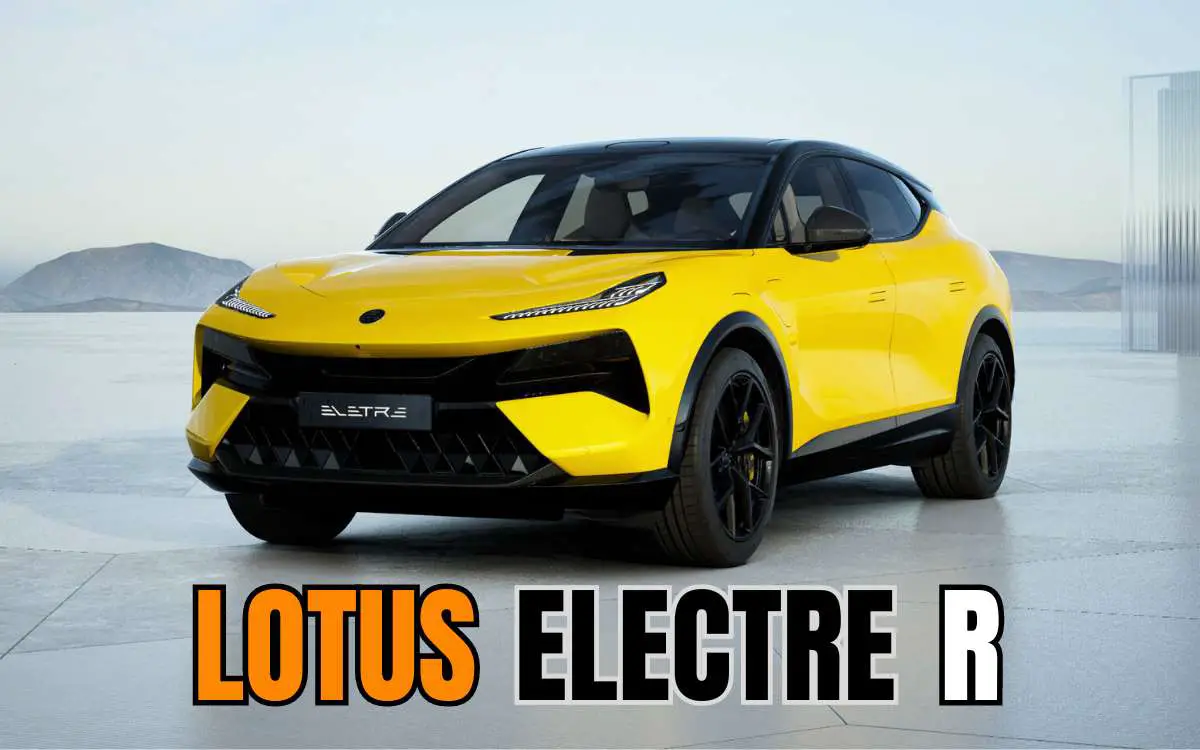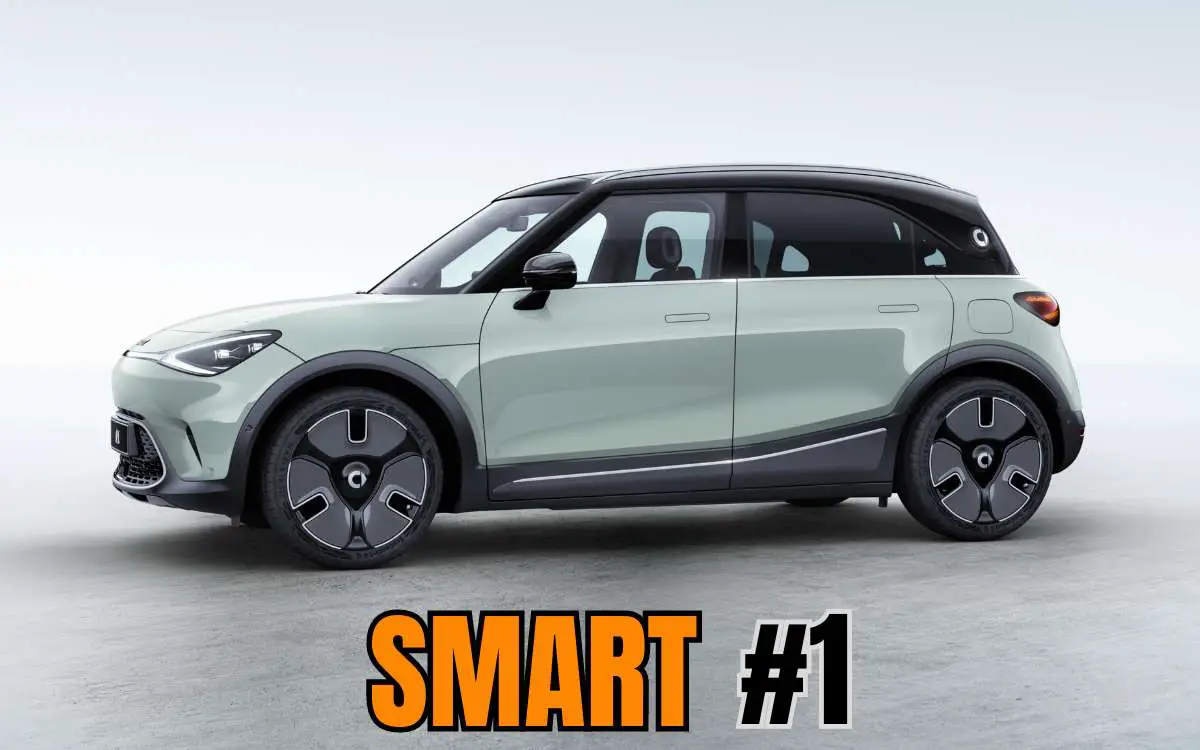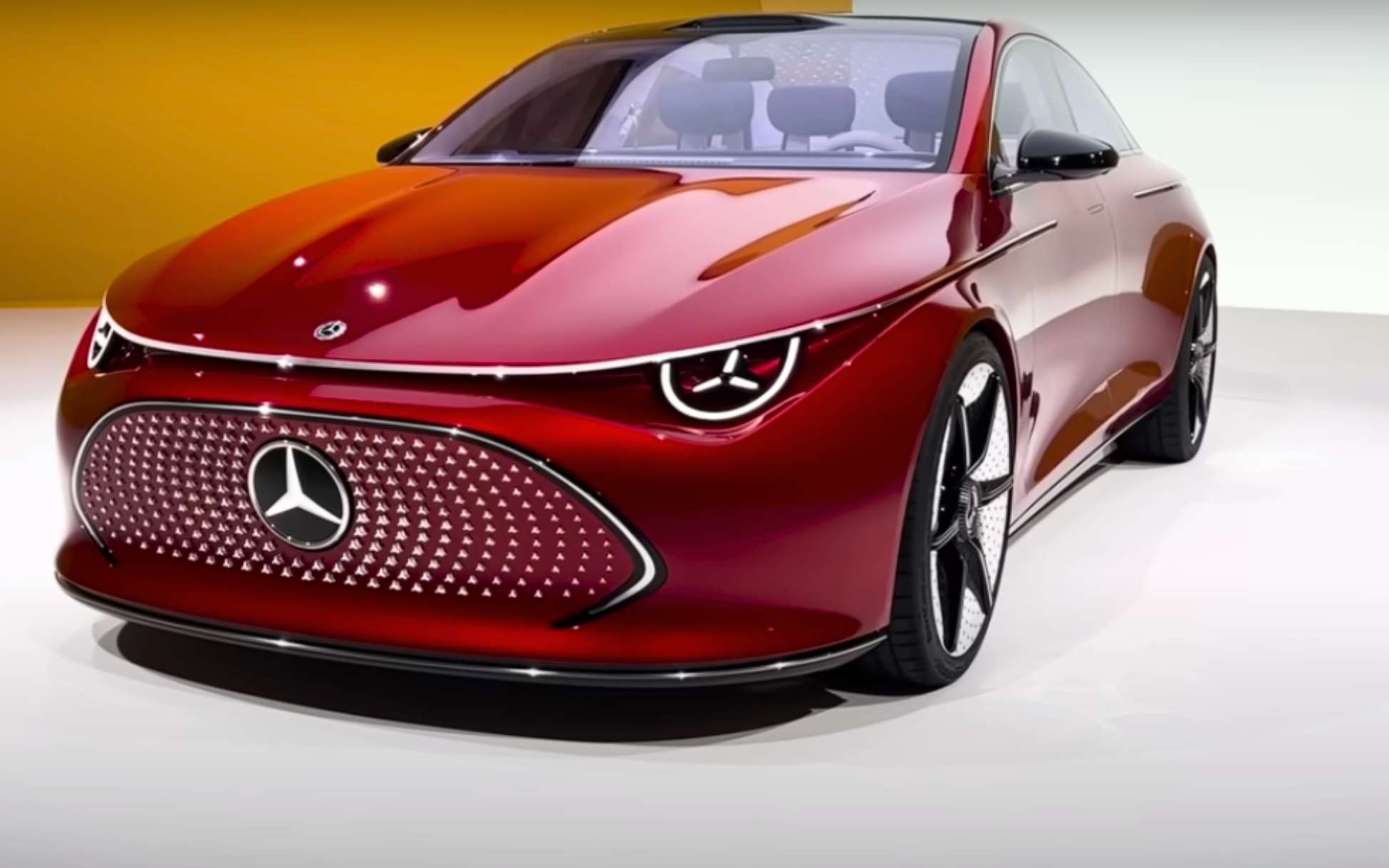In the fast-paced world of automotive innovation, there’s a secret weapon that could transform electric cars as we know them.
It’s not a bigger battery or a faster charger, but something often overlooked – efficiency. While the concept might sound like a long shot, a Little Dutch company named Lightyear has shown that solar-powered cars are not just a distant dream.
In this article, we’ll take you through the remarkable journey of Lightyear, from their groundbreaking achievement to unexpected setbacks, shedding light on the potential of solar-powered vehicles and the challenges they face.
The Unlikely Origin and Promise of Solar-Powered Cars
Picture this: an electric car that can drive for months without needing a charge. Sounds like science fiction, right?
In December 2022, Lightyear, a Dutch company, unveiled a revolutionary solar family car. Unlike concept cars, this vehicle was actively being delivered to customers.
The key to their success? Efficiency. The world’s first production solar family car offered a glimpse into the future of sustainable transportation, proving that solar-powered cars could be a reality.
The Magic Key: Efficiency
If you’ve ever wondered why electric cars aren’t more efficient, you’re not alone. The industry’s focus has been on bigger batteries for longer ranges, but there’s a catch – it makes cars heavier, costlier, and less environmentally friendly.
Lightyear’s breakthrough lies in a different approach: designing electric cars for efficiency.
By optimizing efficiency, they created a solar-powered car that’s lighter, cheaper, and kinder to the planet.
Lightyear’s Road to Success: From Outback to Innovation
The story of Lightyear began in the Australian Outback in 2013, where a team of engineering students from the Netherlands’ Technical University of Eindhoven participated in the Bridgestone World Solar Challenge.
Their car, named Stella, showcased incredible efficiency, winning the competition multiple times.
Inspired by their success, five students from the team established Lightyear with a bold mission: to develop the world’s first commercially viable solar family car.
Introducing the
With five square meters of solar panels integrated into its sleek design, the car could generate its power and achieve a driving range of up to 625 kilometers on a single charge.
A unique feature of the ‘Lightyear 0’ was its ability to harness sunlight, contributing up to 1.05 kilowatts of continuous trickle charging. While its performance was modest, its efficiency was groundbreaking.
Lightyear 0 Vs Tesla Model 3
| Feature | Lightyear 0 | Tesla Model 3 |
| Range (Long Distance) | Up to 388 miles625 kilometers (625 km) | Up to 333 miles (536 kilometers) |
| Range (50 km workday commute ) | > 620 miles (1,000 km) driving range between two charging moments | Up to 333 miles (536 kilometers) |
| Solar range | Up to 43.5 miles (70 km) per day | N/A |
| Battery size | 60 kWh | 75 kWh or 100 kWh |
| Motors | Four in-wheel electric motors | Rear-wheel drive or dual-motor all-wheel drive |
| 0-100 km/h (62 mph) acceleration | 10 seconds | 3.1 seconds (rear-wheel drive) or 4.4 seconds (dual-motor all-wheel drive) |
| Top speed | 100 mph (160 km/h) | 162 mph (261 km/h) |
| Starting price | €250,000 (US$296,000) | €46,990 (US$54,990) |
Setbacks and Resilience: Lightyear’s Triumph and Fall
Despite its promising start, Lightyear faced unexpected challenges. In January 2023, they announced the halt of Lightyear 0’s production and focused on a more affordable model, Lightyear 2.
Economic storms, rising interest rates, and supply chain disruptions led to the bankruptcy of their manufacturing contractor.
However, Lightyear displayed resilience by restructuring their assets, reviving hopes for a solar-powered future.
A Glimpse of What’s to Come: Other Solar Car Innovations
Lightyear wasn’t the only player in the solar car game. Companies like Sono and Aptera also pursued solar-powered vehicles, each with their unique approaches.
While these companies faced setbacks similar to Lightyear, their efforts showcased the growing interest in harnessing solar energy for transportation.
Looking Ahead: The Solar-Powered Revolution
As we reflect on Lightyear’s journey, it’s clear that the road to mass-producing solar-powered cars is challenging.
Yet, the progress made by Lightyear and other innovators signals a brighter future for solar-powered transportation.
While the light may have dimmed momentarily, the solar-powered revolution remains within reach.
As technology advances and efficiency takes center stage, we may soon witness a transformative shift in the way we drive and power our vehicles.
Conclusion: Driving into the Solar-Powered Future
In a world where sustainability is becoming increasingly vital, the potential of solar-powered cars cannot be underestimated.
While setbacks may have temporarily overshadowed Lightyear’s groundbreaking achievement, their spirit of innovation and determination to reshape the automotive industry remains strong.
The road ahead may be challenging, but the promise of efficient, eco-friendly transportation powered by the sun is a vision worth pursuing.
So, if you were presented with the opportunity to own a solar-powered car, would you embrace the efficiency revolution? The answer might just hold the key to a cleaner, greener future on our roads.
You may also like:






Leave a Reply